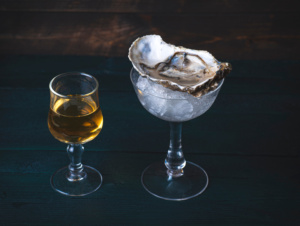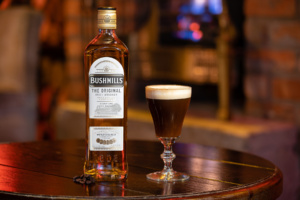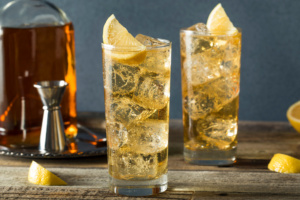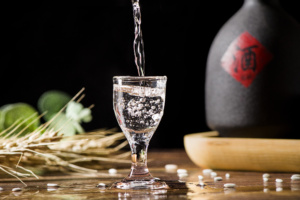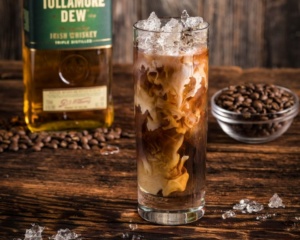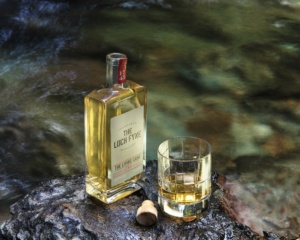How To Taste Whisky
Are you considering hosting a whisky tasting party? Have you ever wanted to “wow” your friends with your vast knowledge and ability to taste and describe whisky? Or are you simply looking for how to develop your appreciation of the drink? Whatever you are looking for, we are here to help. Let us talk you through the techniques to help you savour whisky like a seasoned pro. After reading through our handy guide, you will be showing off your tasting skills like a regular whisky guru.
Choose your company
The best way to taste whisky is by tasting with friends. Half of the fun of whisky tasting is exchanging notes and opinions with other people - every person will take something different from any given whisky. Whether you decide to do this tasting at home with friends who are also keen to learn how to taste whisky or as part of an online forum is up to you. See how much your interpretations line up with one another.The whisky
It can be pretty hard to know where to begin with whisky tasting, especially if you are a novice. Always a good place to start with a whisky tasting, is the whisky itself. There are so many different whiskies to choose from which can be pretty overwhelming. To counter this, try reading up on different types of whisky and think about what expressions appeal to your taste. Would you prefer a smoky dram or a fruitier number? Invest in a book about whisky or browse some whisky sites to try and get an idea of what you are looking for. Whiskies from all around the world taste totally different so you shouldn’t struggle too much to find some expressions that sound like they would suit your taste. When first dabbling in the world of whisky tasting, it is always best to try as varied a selection of whisky as possible. A great way to do this is by buying a selection of miniature bottles. That way, you aren’t spending a massive amount of money on one bottle that might not be to your preference. Instead, you have a selection of smaller bottles to test out to help you find the right whiskies for you.The glass
As with any liquid, you are going to need a container into which you can pour your fantastic selection of whiskies. But stop! In order to truly submerge yourself in the full whisky tasting experience you are going to require a special whisky tasting glass. Whisky tasting glasses, known as Glencairn glasses, are specially designed to direct the aromas of the whisky towards your nose, whilst allowing you to swirl its contents to release more flavour and smells. They are similar in shape to a sherry glass, but they have a longer base and a much shorter stem. But how can a glass have that much of an impact on the smell, you ask? Try it out for yourself. Pour a measure of whisky into a Glencairn glass and a measure of the same whisky into a rocks glass. We can guarantee that you’ll notice a difference in smell between the two glasses.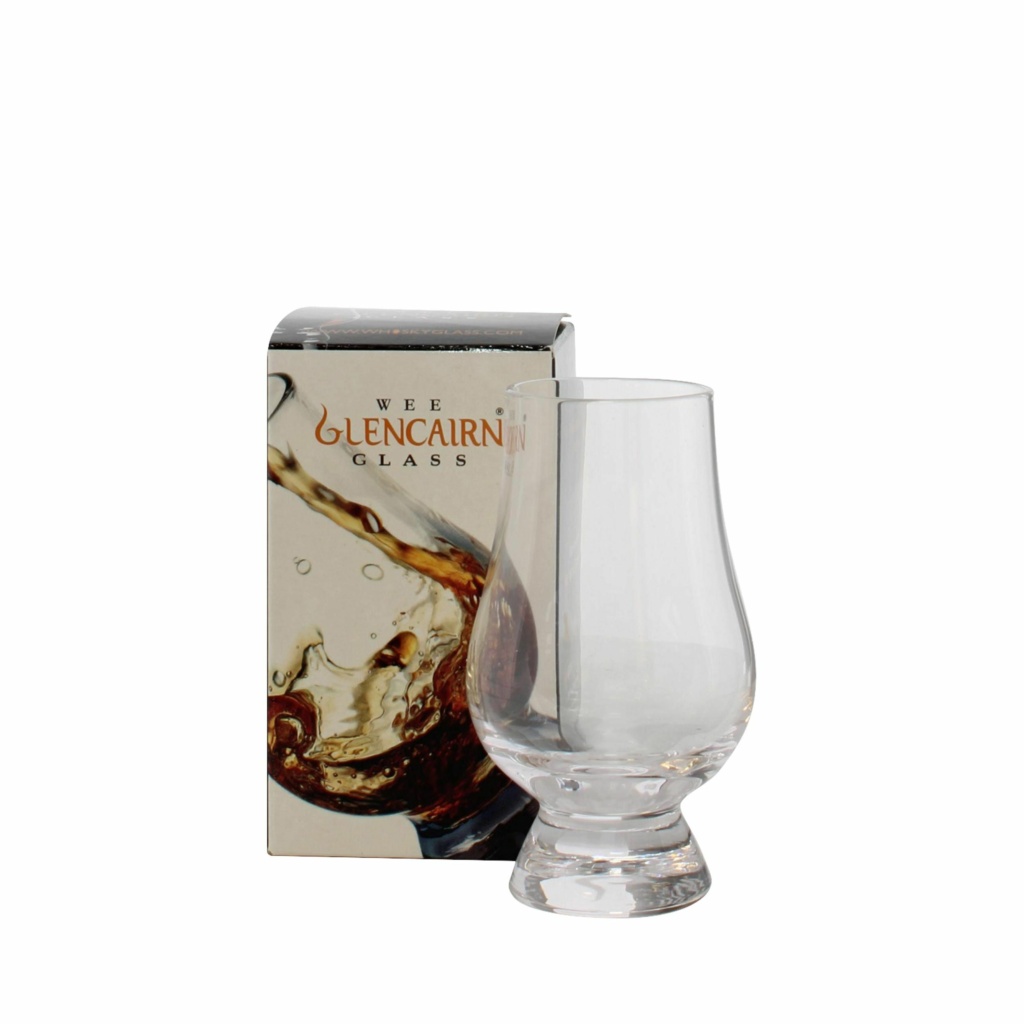
Ready to go…
Right, I think we’re ready to go. It is a good idea whilst you are starting off to take a note of everything you taste and associate with each whisky. This will help you familiarise with common flavours and smells, as well as provide you with a comparison between each whisky that you refer to.Appearance
Take note of how the whisky looks in the glass. Hold the glass next to a light to capture the full intensity of the colour. What springs to mind? Rich, dark amber might evoke memories of autumns gone by whereas light gold may remind you of the sunrise on a beautiful spring morning. You can get as poetic as you want to with your description of the appearance – there are no right or wrong answers! The colour that whisky takes on comes from the wooden cask that the whisky has been matured in. Therefore, every whisky will be slightly different due to the different casks that they have come from. Generally, the darker the whisky is, the stronger the flavour will be. However, bear in mind that some whiskies use artificial colouring to ensure that their whisky takes on a specific look. After examining the colour of the whisky, try swirling the glass. Watch for the liquid that runs down the inside of the glass. These streaks are known as the “legs”, and they give you an idea of the viscosity of a whisky. If a whisky has particularly thick legs, it is likely that it will have a very rich and sumptuous mouthfeel. Swirling the whisky also agitates the liquid which opens up the smells that come from it. After swirling to check the viscosity, you are ready to start smelling the whisky.The nose
Before you allow that precious nectar touch your lips, you must first smell. Smelling a whisky is one of the most important parts of a tasting session. It is often easier to pick out distinct flavours with your sense of smell than it is by actually tasting the whisky. Once you have swirled the whisky, lift the whisky to your nose and take short sniffs with your mouth slightly open. Don’t take too long or hard a sniff as your sinuses may become numb to scents due to the overwhelming alcohol content. Instead of trying to pick out individual smells try to associate what you smell with a memory. Woodwork class at school (oak, wood shavings, pine), a crackling bonfire (coal, smoke, peat), having the cold (lemon, honey). By associating these smells with actual memories, you will become a lot clearer on what elements it is that you smell. Don’t worry about how abstract your reference is – in fact, the more abstract it is, the more interesting your tasting session will probably be! Compare smells with whoever you are tasting the whisky with – it is likely that you’ll pick up on different things. After taking the time to smell the whisky and exchange notes with your companion(s), it is now time for arguably the most exciting part of the process – the tasting itself!The palate
By now you will be salivating and the temptation to taste will be too much, so go on and have a taste. Take a small sip and move it around in your mouth. This is the time to acknowledge how the whisky feels. Are the flavours intense or subtle? Does it leave your mouth dry or is it refreshing? Are more flavours introduced as you taste? As you swallow are you left with any lingering tastes? Swallow the mouthful, then take another sip. Remember that you are tasting the whisky rather than simply drinking it. You want to savour the flavour and try to draw as much from the experience as possible. Just like when you smell the whisky, think about what kind of memories the flavour evokes. Do hints of raisins and sherry remind you of Christmas cake? Does peaty smoke remind you of beach bonfires? Again, compare notes after tasting the whisky.The finish
After having swallowed the whisky, evaluate the taste you are left with in your mouth. Is it almost totally gone or is there a long and lingering aftertaste? Are you noticing new flavours that weren’t present in the initial taste? If the taste is fleeting, this is called a short finish. If the taste sticks around for a significant amount of time, this is called a long finish. Or does it fall somewhere in between? This is called a medium finish.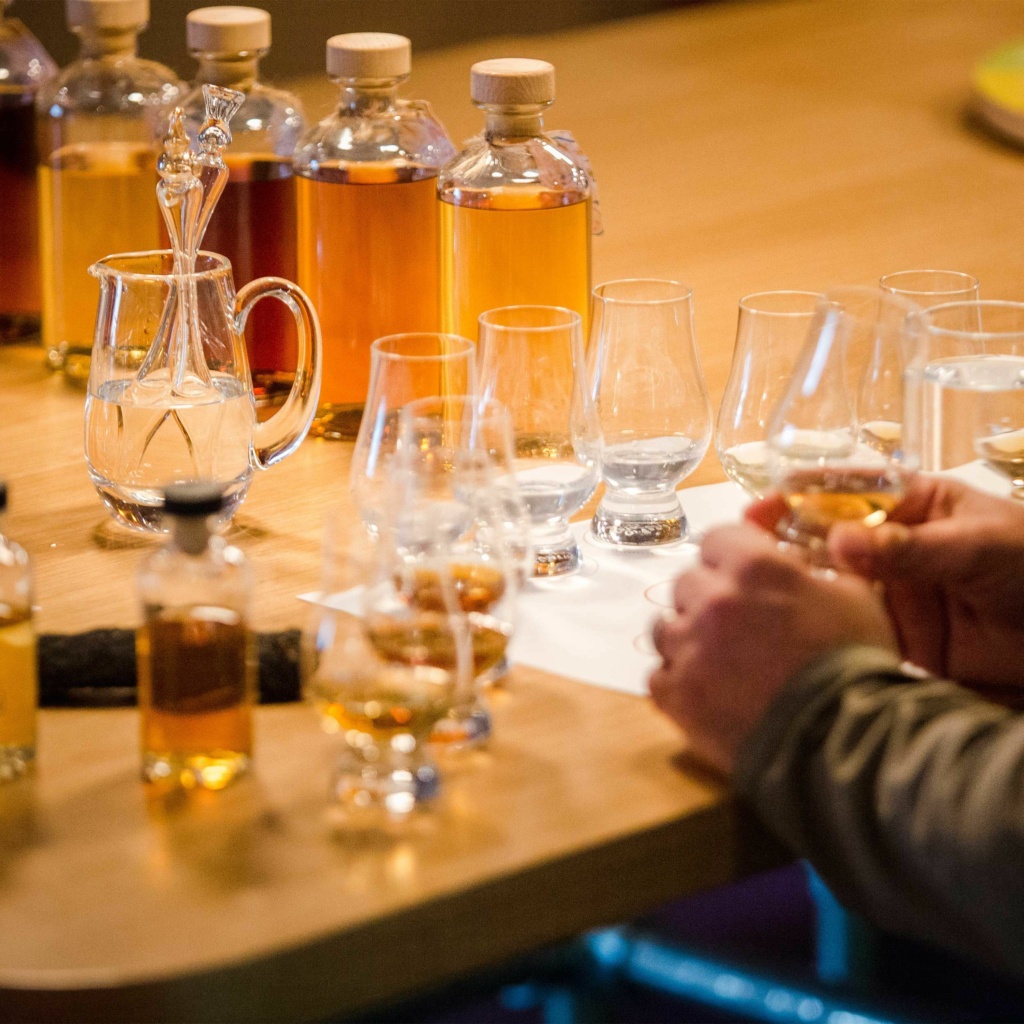
 4.7/5 with 10,000+ reviews
4.7/5 with 10,000+ reviews
